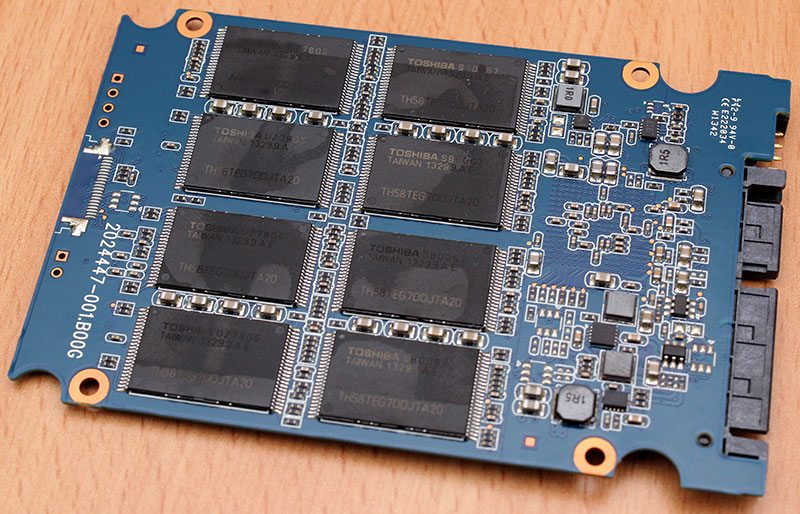Kingston HyperX 3K 240GB Solid State Drive Review
Chris Hadley / 11 years ago
A Closer Look
On the outside of the drive, the only thing that tells this drive apart from the first generation HyperX (apart from the label on the back) is the removable of the blue trim and in its place a black plastic trim. The drive still has a bit of style to it and we still get the lovely brushed aluminium style finish to the upper face.
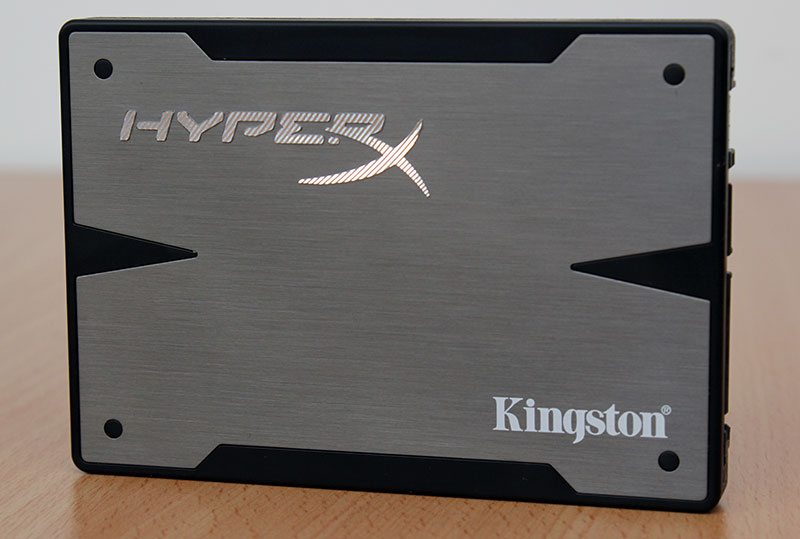
Moving onto the drives internals (note that you won’t have much of a warranty left if you take the drive apart), both sides of the PCB have a large thermal pad attached to them to transfer heat away and towards the shell of the drive to keep it cool.
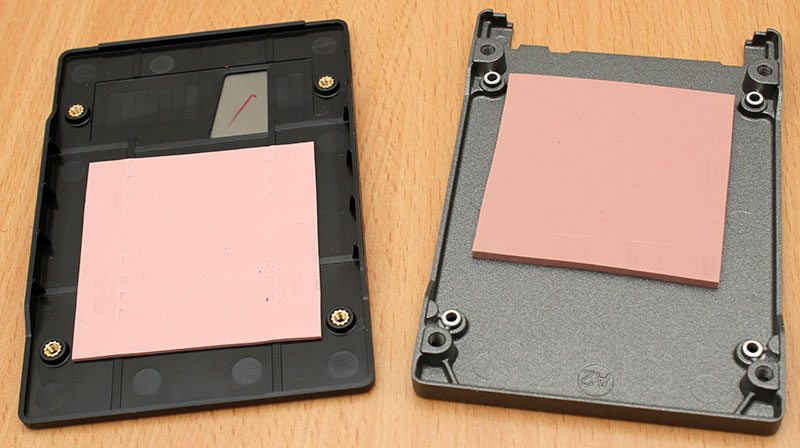
With the PCB exposed we can get a deeper look at what NAND Kingston has used in order to alter the drives position in the market. On the upper surface of the drive we find the first eight of the sixteen dies that are used to build up the drives 240GB capacity.
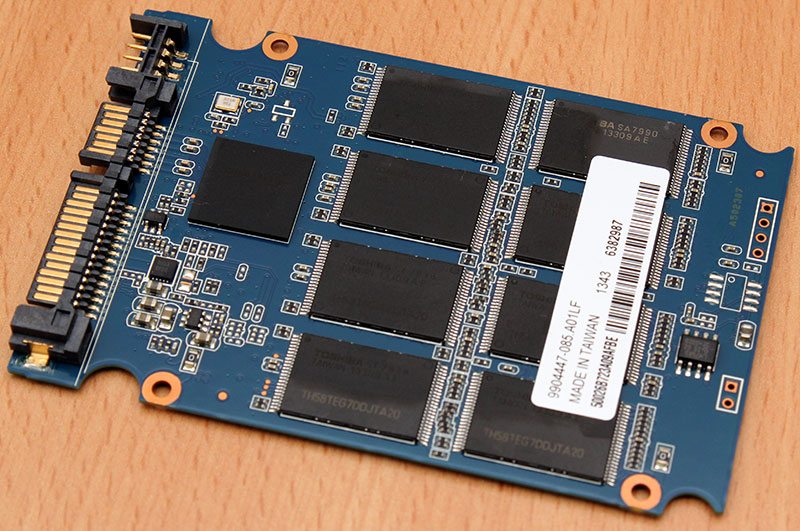
As previously mentioned, Kingston have kept hold of the trusty SF-2281 controller from SandForce. The VB2 revision of the popular controller has seen significant improvements in terms of power consumption so not only do you save some money when buying the drive, but laptop users will also see a slightly longer battery life as well.
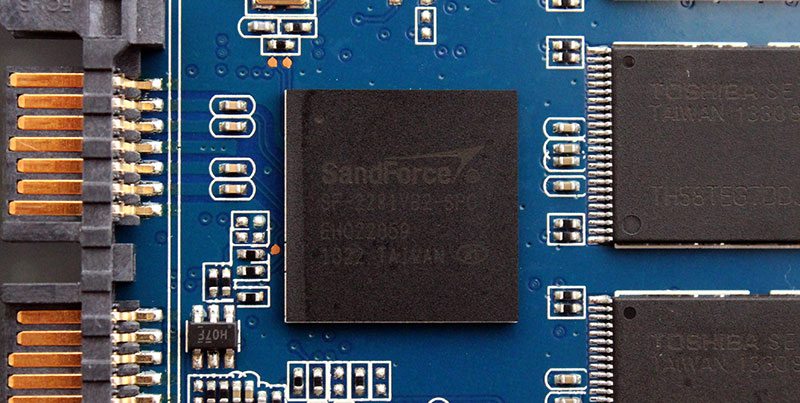
Moving on to the most important component in this drive, the second revision of the HyperX 3K sees Intel’s flash being lifted off and in its place an array of Toshiba TH58TEG7DDJTA20 19nm MLC NAND has been laid. Toshiba’s silicon is cheaper for Kingston to buy and this is good news for the end-user.
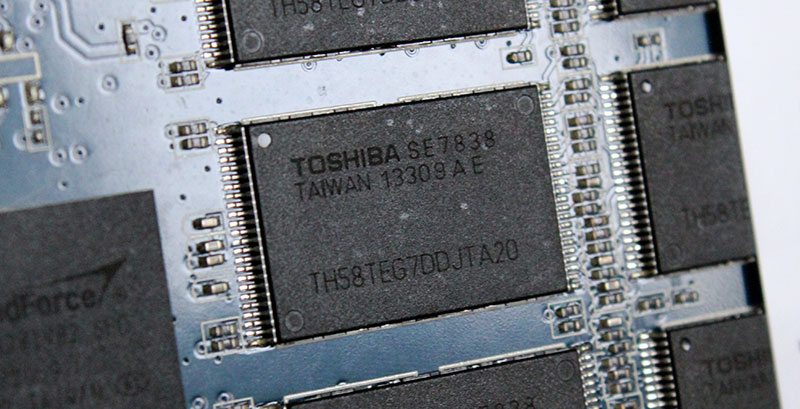
Turning the PCB over we see a further eight Toshiba chips in place and once SandForce’s over provisioning has been taken into account, we are left with a 240GB capacity of which 224GB will be available to use once formatted.
